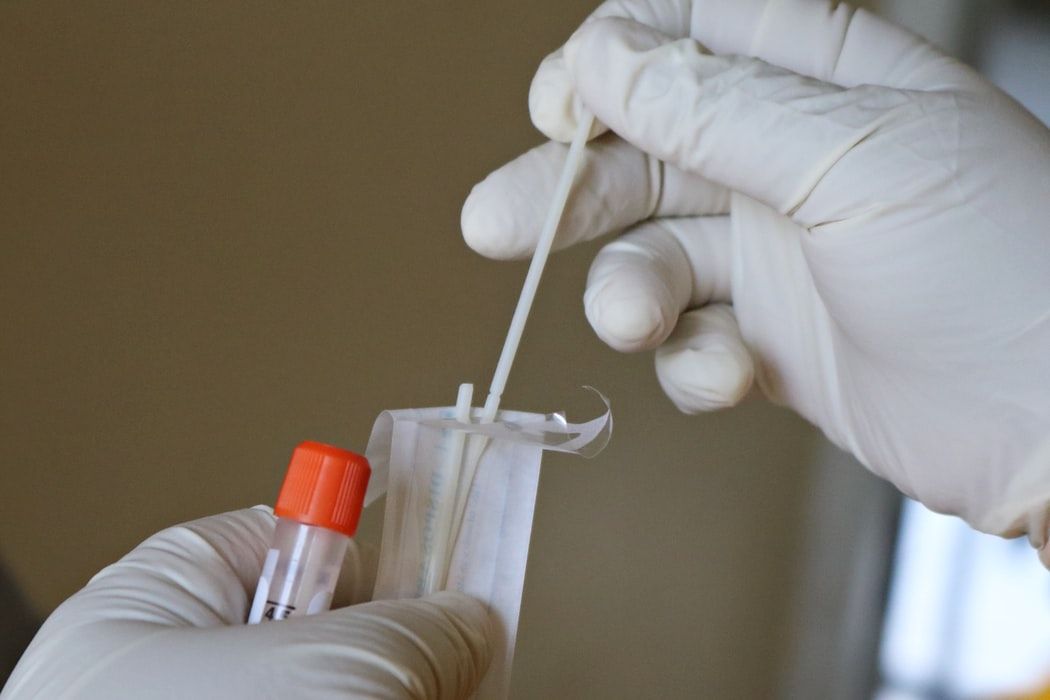Self-Reported, Clinical Olfactory Assessments Have Value in COVID-19 Diagnosis
Few studies have used semiobjective tests to assess olfactory dysfunction and its association with COVID-19.

Findings from a new study underscore the diagnostic value of assessing chemosensory dysfunction through self-reporting and clinical testing in patients with mild to no coronavirus disease 2019 (COVID-19) symptoms.
A team led by Charles Villerabel, MD, Hospital and University of Montpellier, Montpellier, France, conducted a prospective single-center diagnostic to evaluate the Clinical Olfactory Dysfunction Assessment (CODA) as a potential and complementary diagnostic tool for outpatients.
“Only a few studies have evaluated olfactory dysfunction or gustatory dyfunction with semiobjective tests, but these tests are cumbersome in a pandemic setting, difficult to perform by nonspecialists, and have not been evaluated to provide a threshold of olfactory dysfunction suggestive of COVID-19,” the team wrote.
“To address these caveats, we developed the simple and fast semiobjective olfactory test CODA for use during the COVID-19 pandemic.”
The Methods
The investigators enrolled patients who were health care workers and adult outpatients who had attended a COVID-19 screening facility of a tertiary referral center. Recruitment occurred between March 23 – April 22, 2020.
All patients (n = 809) who were referred either had symptoms compatible with COVID-19 or were exposed to a confirmed case. Excluded from the population were those with prior chemosensory dysfunction, testing inability, or contraindications.
Participants were interviewed for their symptoms and then underwent screening and assessment using CODA.
The assessment asked participants to identify and rate the intensity of 3 scents (lavender, lemongrass, and mint). Scores were then added to reach a sum ranging from 0-6.
COVID-19 status was then ascertained using reverse transcriptase-polymerase chain reaction. This was used to assess the diagnostic values of patient-reported olfactory symtoms and CODA.
The Results
Of the total patients, the female to male sex ratio was 2.8, and the mean age was 41.8 years.
All symptomatic patients had mild disease at testing, and 58 of the 809 participants had tested positive for COVID-19.
Furthermore, the investigators noted that chemosensory dysfunction was reported by 20 of the 58 (34.5%) COVID-19 confirmed participants.
Among the 751 patients who tested negative, 29 (3.9%) reported dysfunction (absolute difference, 30.6% [95% CI, 18.3%-42.9%]).
Villerabel and team also found that olfactory dysfunction ascertained through self-reporting or CODA had similar sensitivity (0.31 [95% CI, 0.20-0.45] vs 0.34 [95% CI, 0.22-0.48], respectively) and specificity (0.97 [95% CI, 0.96-0.98) vs 0.98 [95% CI, 0.96-0.99], respectively) for COVID-19 diagnosis.
There was a high concordance between the 2 types of ascertainment methods (Gwet AC1, 0.95 [95% CI, 0.93-0.97]). As such, of 19 participants, 15 (78.9%) of patients with self-reported olfactory dysfunction and CODA score ≤ 3 were confirmed to have COVID-19.
And finally, as revealed by the CODA score, 5 of 19 (26.3%) patients with confirmed COVID-19 had previous unperceived olfactory dysfunction.
Conclusion and Perspective
Even though the CODA tests appeared to be clinically relevant for detecting olfactory dysfunction associated with COVID-19, the investigators acknowledged that the assessment was not designed to establish a precise diagnosis of olfactory dysfunction like complete semiobjective olfactory tests.
Thus, they noted that CODA cannot be used for follow-up of patients.
Additionally, they wrote that the scents used cannot be generalizable due to cultural and educational factors — and such, further studies using geographically adapted scents should be evaluated.
“Chemosensory dysfunction should be systematically assessed by anamnesis and clinical testing because they were highly specific and complementary,” Villerabel and team colleagues concluded.
“However, most confirmed COVID-19 cases occurred in patients without olfactory dysfunction, and a diagnostic test with RT-PCR remains mandatory.”
The study, “Diagnostic Value of Patient-Reported and Clinically Tested Olfactory Dysfunction in a Population Screened for COVID-19,” was published online in JAMA Otolaryngology–Head & Neck Surgery.